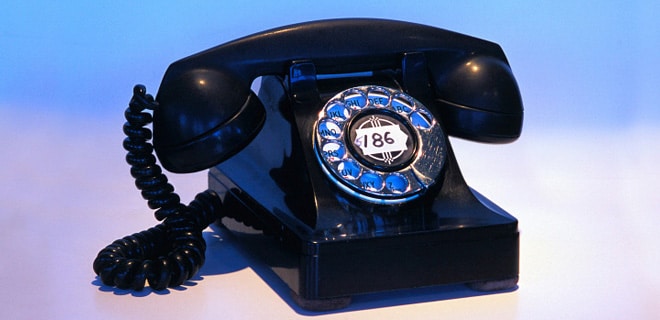We all know that journalists are busy people. They have the unenviable task of weeding through the barrage of PR pitches that pile up morning, noon and night, touting the superiority and innovative wonders of products and services that may or may not be of interest or relevance to their audience. Many people in the industry will remember David Pogue’s witty post called “A Note from Pogue – A Free PR Critique”, which urged PR people to stop using buzzwords and clichés, and come right to the point when pitching story ideas to tech writers. Apart from being absolutely true and hitting hilariously close to home, this piece by the revered Mr. Pogue also reminded me of the differences that I’ve personally encountered in how PR people attempt to grab the fleeting attention of the press (and increasingly social media influencers) here in the US.
Oh, how times have changed. Back in the early 2000s when I was working at an agency in Tokyo, I had fewer means to reach journalists but they all seemed more effective. I don’t look at those days through rose-colored glasses, but I do believe it was era in which I could pick up the phone and speak with a journalist directly without having to play phone-tag through voice-mail the way we commonly do today. How many times has a journalist returned your call? Or better yet, how often in the last few years have you dialed a reporter and they’ve actually picked up? It sometimes shocks me when I get to speak to someone ‘live.’
Not to say that contacting journalists was a piece of cake 15 years ago. Technology has certainly made things easier. For example, when it came to distributing press releases I generally used a service like Marketwired or PR Newswire just as we do today, but I also had to fax the release to a bunch of publications and press clubs in the hope of generating additional interest and coverage. It was always a chore programming a series of fax numbers into the machine so that it could automatically send the release to multiple outlets, and many of you probably also remember sitting within earshot of the fax machine so that you could hear it dial each publication. I remember being so frustrated at times if the line was busy, because it meant that another company was faxing its release at the same time. Not to mention the fact that email had so many limitations, I spent countless hours burning images onto CDs and shipping them all over the place by courier to meet printing deadlines.
One thing that struck me when I first began working in PR in the US was the sense of distance that exists between journalists and PR people. So many times I would email and get no response or I would leave voicemail messages and never hear back. These barriers may help journalists compartmentalize their work and filter the volume of messages and pitches they receive, but they still create a black hole for PR people that is difficult to surmount. I’m not saying that PR was either better or worse 15 years ago, but I do think it was easier to start a dialog with a journalist and get a much quicker ‘yay’ or ‘nay.’ From that perspective, I genuinely believe that there needs to be some kind of evolution in the way PR people and the press communicate.
I also cannot claim to have a solution for this problem. Technology has enabled communication in ways that I hadn’t imagined in the past but it has also helped to build a wall of filters between us. The best advice I can give is very similar to Mr. Pogue’s. PR professionals need to understand the products and companies that they pitch; they need to know their media and target audiences; and they have to be concise and use less jargon when they pitch their stories.
Now, mister and ms. journalist, please respond. Pretty please.

